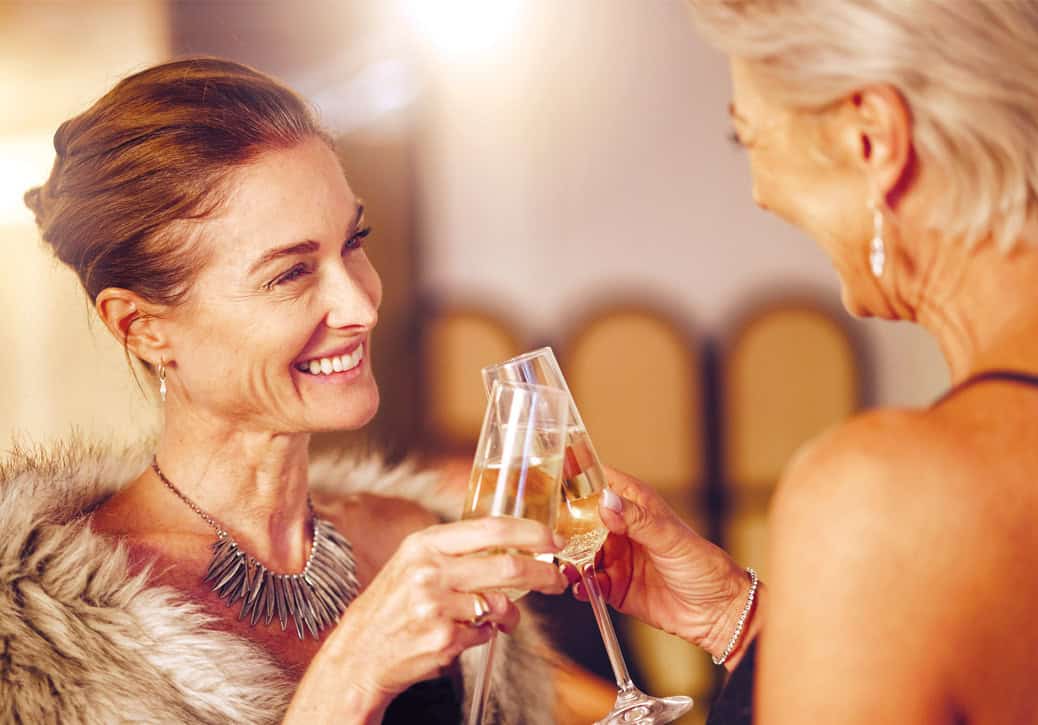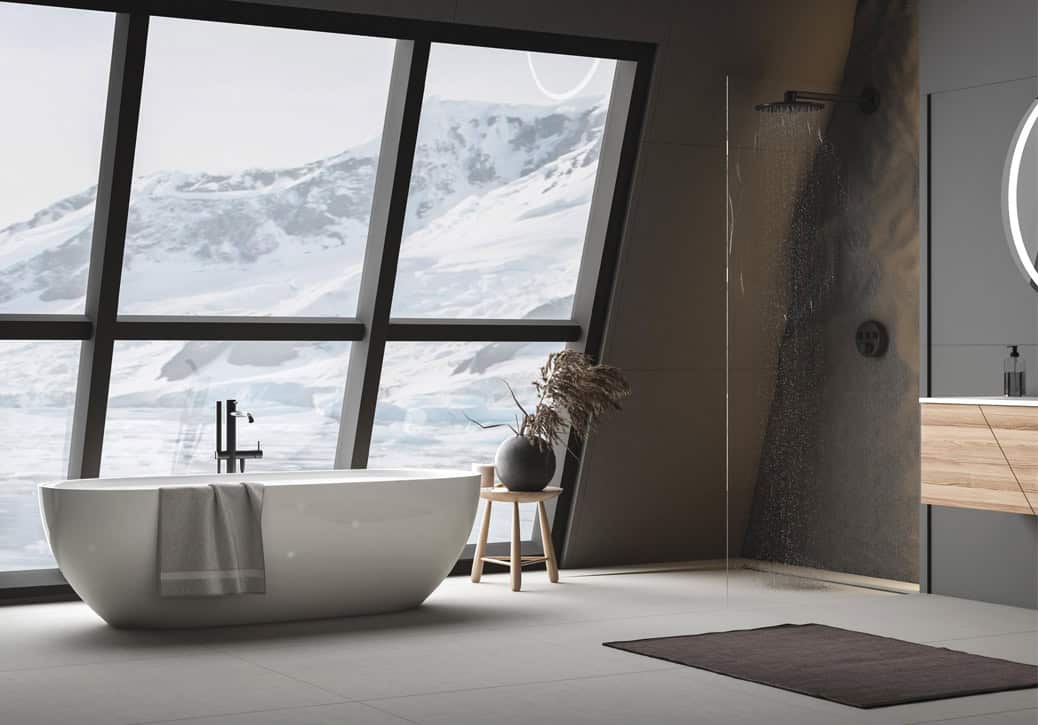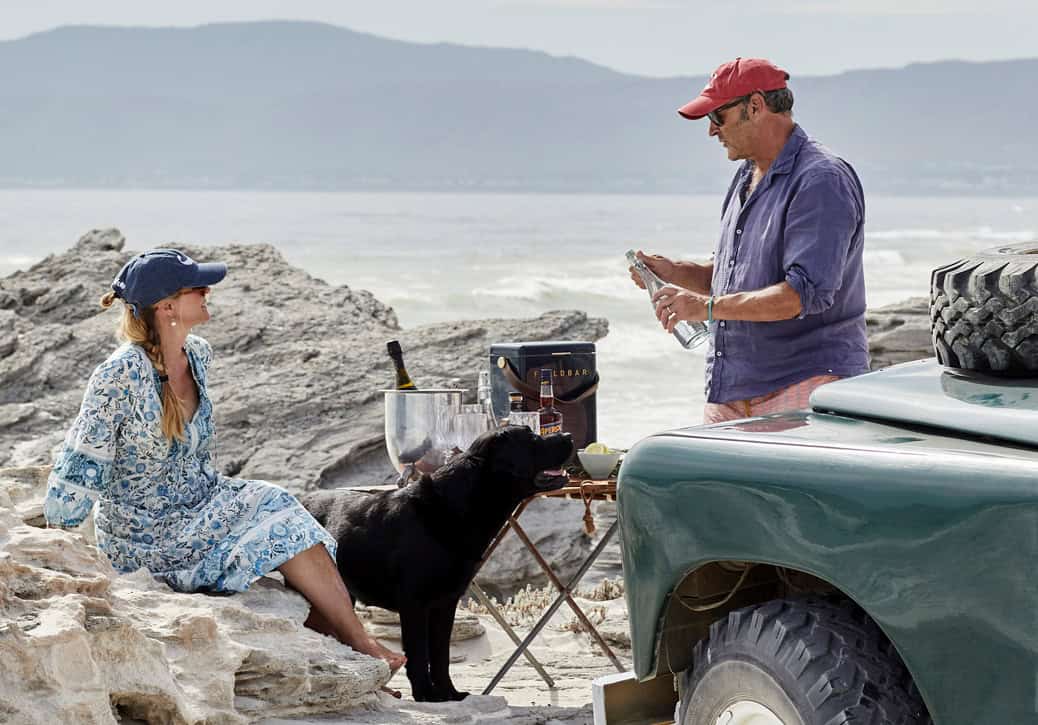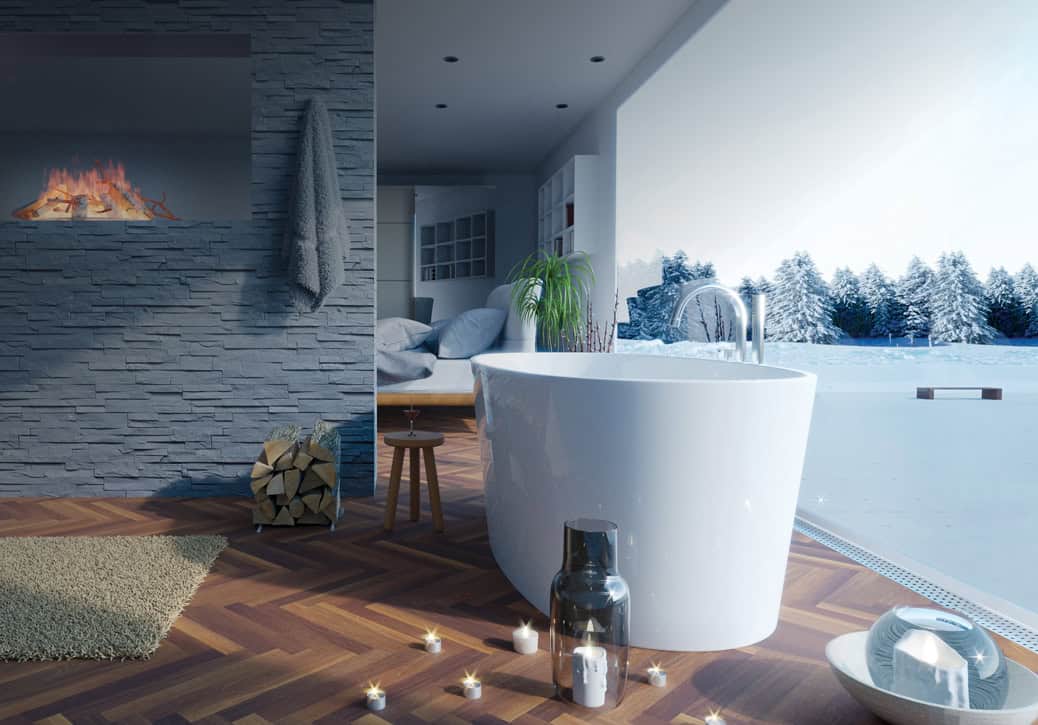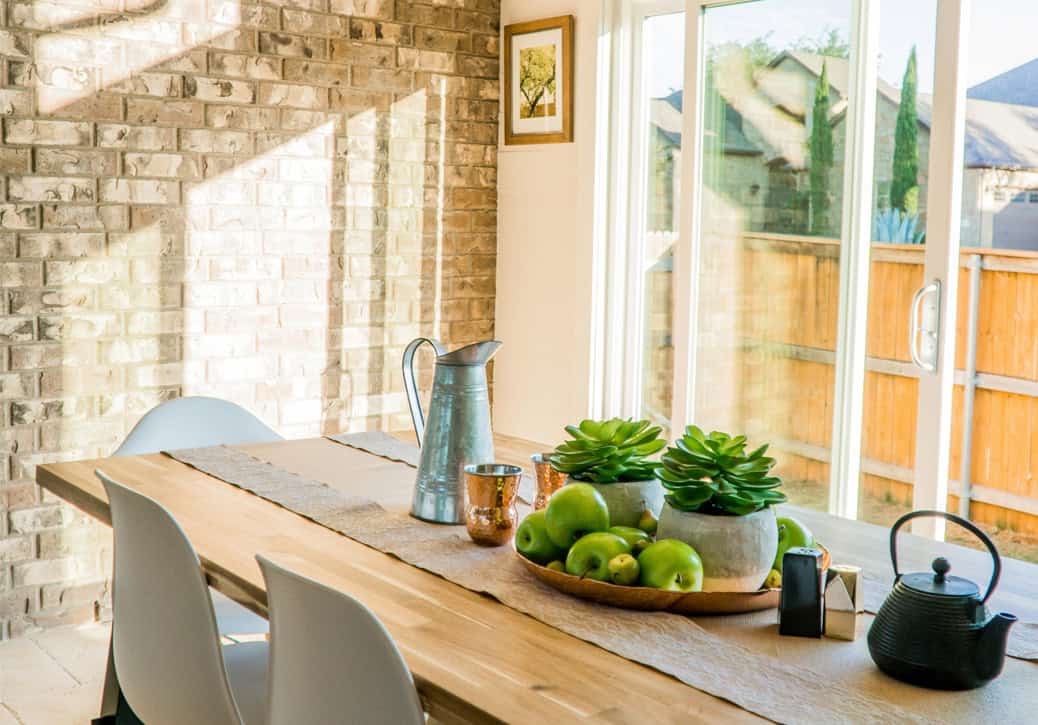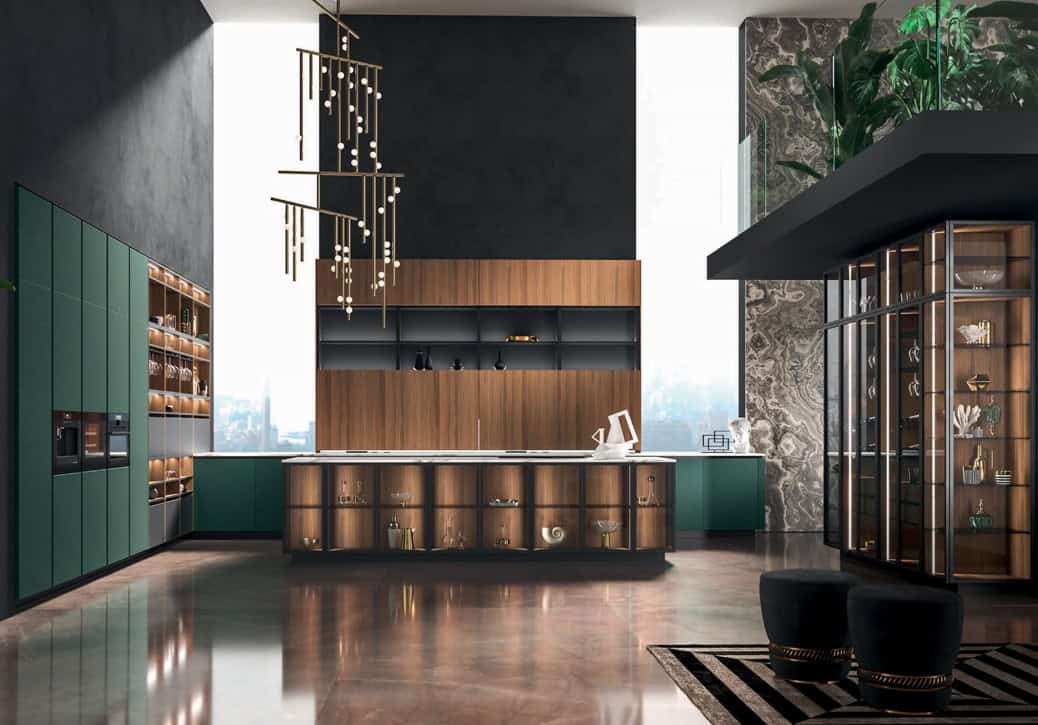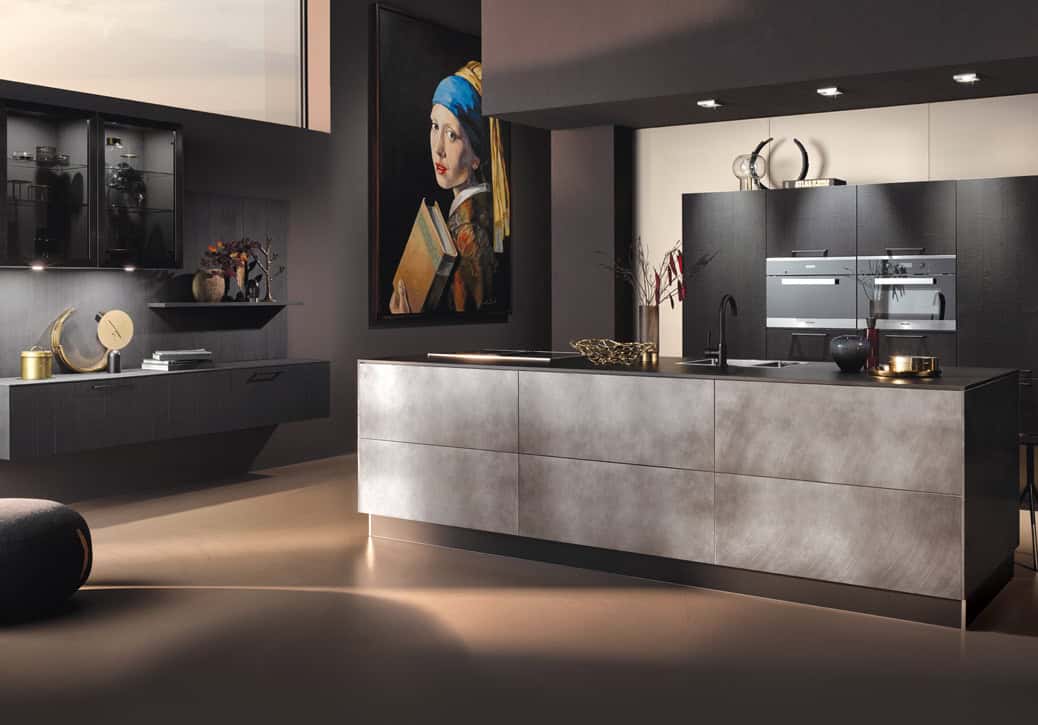The history of the power lunch, without men
At the turn of the millennium, all over the media, women breaking through glass ceilings were eyeing just how the men were doing it and rising to the challenge. However, those days of the girl gangs who had boxes at the races, private rooms at Nobu and special tables at The Ivy have gradually disappeared claims Janine Gibson in a piece for FT magazine.
Sadly, these lunches were replaced by what she calls the sorts of ticketed events she wouldn’t have been seen dead at back in the day…the ones that sold tickets with the words like “women in advertising, women in banking. They were often run by brave senior women from large organizations full of men.
Gibson’s piece continues with a few lovely anecdotal stories but ends with the joyful proclamation that today, power lunches are back, along with everything ‘90’s (except our generous, no questions asked expense accounts of the day).
Her advice for contemporary women: “Consolidate and blow your budget in one or two restaurants—they’ll repay your loyalty. Invite people out. These days you can split the bill. Make your own ‘regular’ gang of friends. Invite someone from your world and get a pal to do likewise.
And last but not least, Gibson leaves us with a final word of naughty advice.
“Do not underestimate the power of a small sin, be it pudding, booze or being late back to work. And, always, always order chips for the table.”
Source: FT Magazine
Can travel boost anti-aging and longevity
“If health is the new wealth, then travel into the Blue Zones offers one of the most immersive get-rich-quick schemes on the earth,” says Heidi Mitchell’s Afar magazine in her intro to a piece about Costa Rica. But, it’s not just where you go but the fact that you’re travelling that can help keep you young.
According to a new multi-year study from Australia’s Edith Cowan University, travel plays an important role in both individual and public health. The report which looks at the anti-aging benefits that travel delivers, suggests opportunities for social engagement, appreciation of nature, walking along with other types of exercise and the chance to enjoy nutritious meals are contributors.
Fangli Hu, the study’s principal researcher, suggests that during our travels it’s the interactions with other tourists, locals and even animals along with the beautiful landscapes, forests and beaches that reduce stress, boost our mental well-being, improve our mood and enhance cognitive function—all part of slowing down the aging process. The study also implies that travel could improve a healthy person’s well-being and prevent related issues, promote recovery, halt deterioration for people with sub-optimal health and serve as a non-pharmacological approach to relieve symptoms.
Yes, travel can have adverse effects but it’s the positive side of the travel that delivers overwhelming positive results.
Source: Science Daily
Truth about luxury soaps in your hotel bathroom
Think you’re stealing the same expensive toiletry brands you can buy in the store when you stay at a luxury hotel? Not quite says a recent article by Jessica Sulima.
If you’re a skincare enthusiast, she claims you’ll understand what’s in those Rose 31 brown Le Labo bottles that look like they’ve been plucked from an old world apothecary at the Fairmont Hotels. But, when you get them home, the halo fades and you realize that they’re not the same. The scent, while strong, doesn’t have much staying power on the skin and the consistency isn’t as rich and moisturizing. In other words, “the products may feature whispers of Le Labo’s signature scent but the chemical composition has been tweaked.” Investigate more closely as Sulima has and you’ll figure out that what you’ve coveted is not the real thing but rather a kind of average version that Le Labo has made exclusively for Fairmont.
Similarly in other hotels, Sulima reports that while hotel toiletries look like retail brand name products, they’re often formulated and sourced differently to meet hospitality industry needs, and budgets. This means that if a fragrance is made up of 30-40 different ingredients and uses an expensive form of lavender, they might opt for a synthetic form instead. The writer quotes an industry expert who says, “The idea is to give a guest a ‘close-enough’ experience. A good impression at a reasonable cost.” Read the rest of this article on-line and you’ll learn even more tricks of the trade so to speak.
Source: Thrillist

